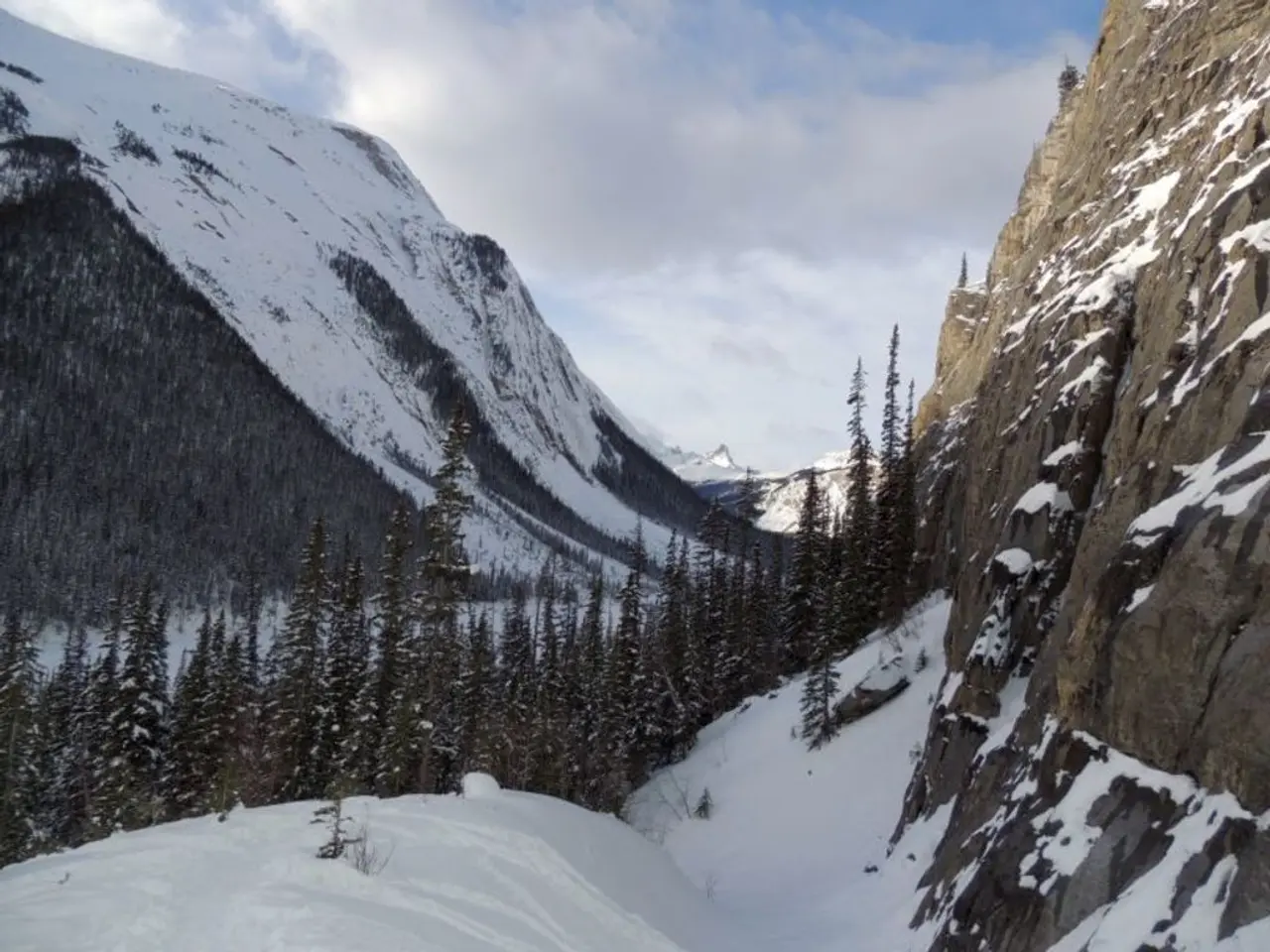Weather Data Sources: Clash Between Private Firms and National Weather Service - Highlighting Core Distinctions
=====================================================
The National Oceanic and Atmospheric Administration (NOAA) plays a central and critical role in U.S. weather forecasting. This government agency collaborates with the private sector, academia, and nonprofits to enhance the quality and reach of weather forecasts.
NOAA's operations are based on a vast network of observing systems, including weather satellites, "hurricane hunter" aircraft, weather balloons, and surface observation networks. These tools collect real-time data on atmospheric and oceanic conditions, which are crucial for predicting weather patterns.
NOAA's staff and equipment are extensively used to predict and track major weather phenomena such as tropical cyclones, tornadoes, snowstorms, and to monitor broader climate patterns like El Niño. The agency's weather services, chiefly delivered through the National Weather Service (NWS), inform emergency responses and safeguard the nation.
Moreover, NOAA integrates cutting-edge research and technological innovations to continually improve forecast accuracy and impact-based decision support. However, recent staffing cuts, budget reductions, and shifts towards reliance on private-sector data providers have raised concerns among experts and former NOAA officials.
While private companies are supplementing NOAA’s observations, experts warn that NOAA must maintain ownership of core federal observing systems such as weather balloons to ensure public safety and retain the historical climate record. Proposed federal budget cuts threaten key NOAA programs in severe storm research, ocean monitoring, and satellite capabilities, potentially degrading forecast quality and weather resilience.
Despite these challenges, the invaluable role of NOAA in shaping weather forecasts and ensuring public safety underscores the enduring importance of scientific expertise and collaboration in meteorology. The complexity of weather prediction requires intricate data analysis and model simulation, a task that cannot be easily replicated by private entities.
NOAA's data collection network is unparalleled in scope and reliability, making it challenging for private companies to create independent forecasts without relying on it. The agency operates a fleet of 18 specialized satellites equipped with cutting-edge instruments for monitoring weather phenomena. Industries ranging from aviation to agriculture rely on NOAA's data for operational planning and risk management.
NOAA's satellite network provides data on a wide range of atmospheric conditions, including surface temperatures and water content. The agency issues official alerts when severe weather is imminent to ensure public safety and preparedness. Private weather companies and media outlets disseminate NOAA's forecasts to a broader audience, ensuring that crucial weather information reaches the public efficiently.
The history of NOAA in weather forecasting dates back to 1870 when the first national weather service was established by President Ulysses S. Grant. Today, NOAA remains the primary federal agency responsible for U.S. weather forecasting, underpinning public safety through comprehensive environmental monitoring, data collection, and forecast services. It remains indispensable despite challenges posed by budget constraints and increased privatization trends.
- NOAA's integration of cutting-edge research and technological innovations is crucial for continually improving forecast accuracy and impact-based decision support.
- NOAA's data collection network, which includes weather balloons, satellites, and surface observation networks, is unparalleled in scope and reliability.
- Experts warn that NOAA must maintain ownership of core federal observing systems to ensure public safety and retain the historical climate record.
- The invaluable role of NOAA in shaping weather forecasts and ensuring public safety underscores the enduring importance of environmental-science and collaboration in climate-change research.








